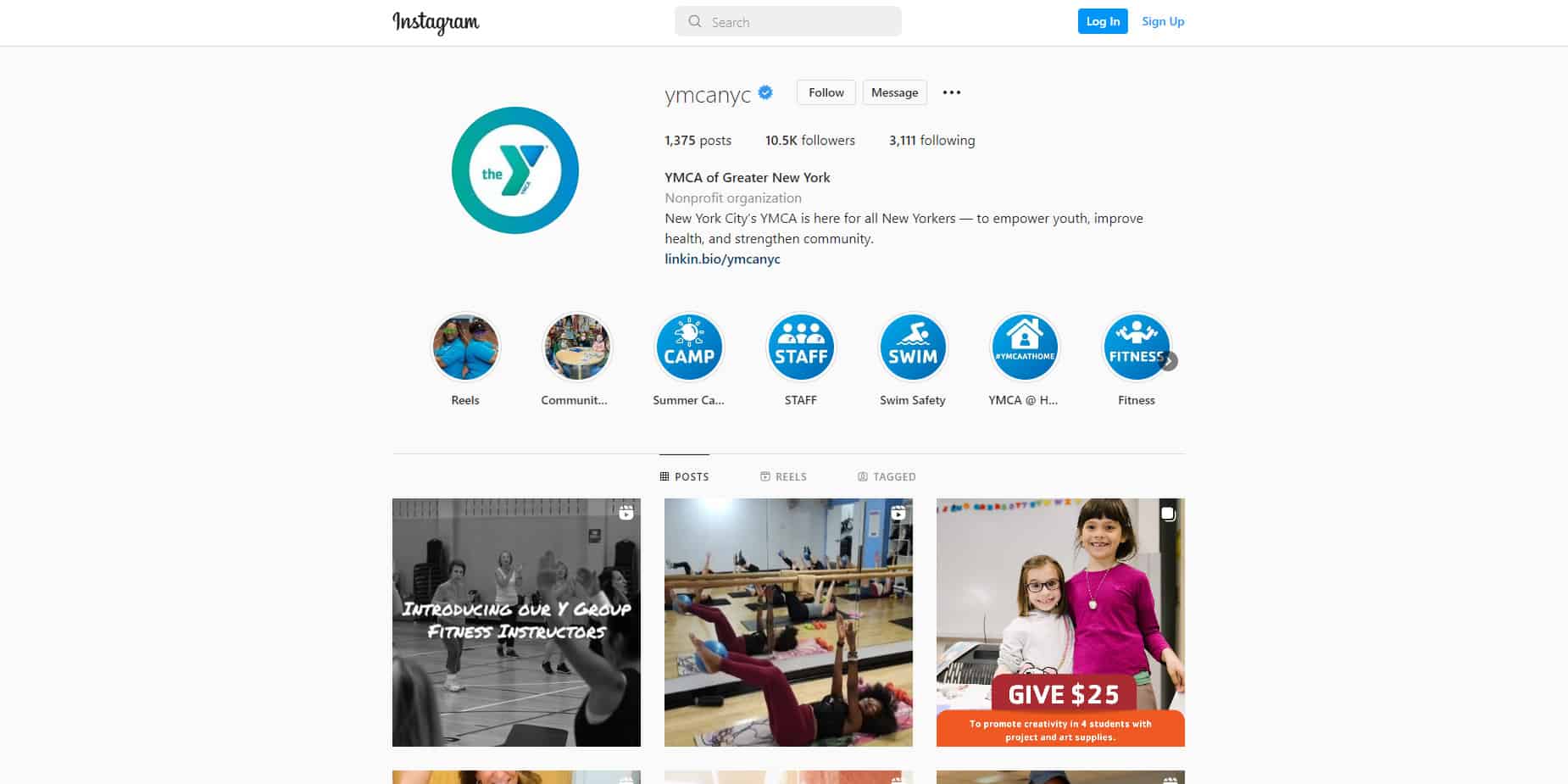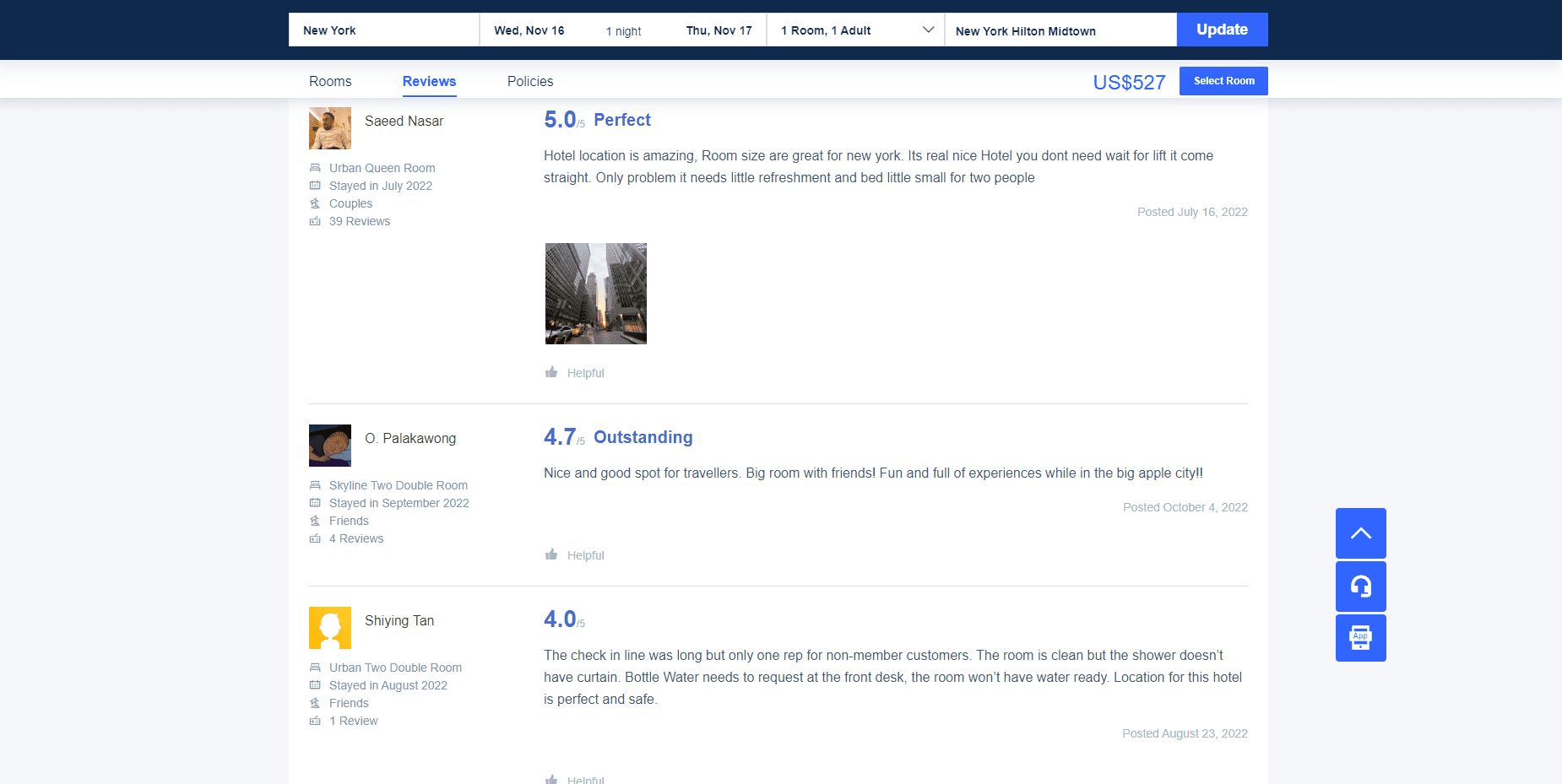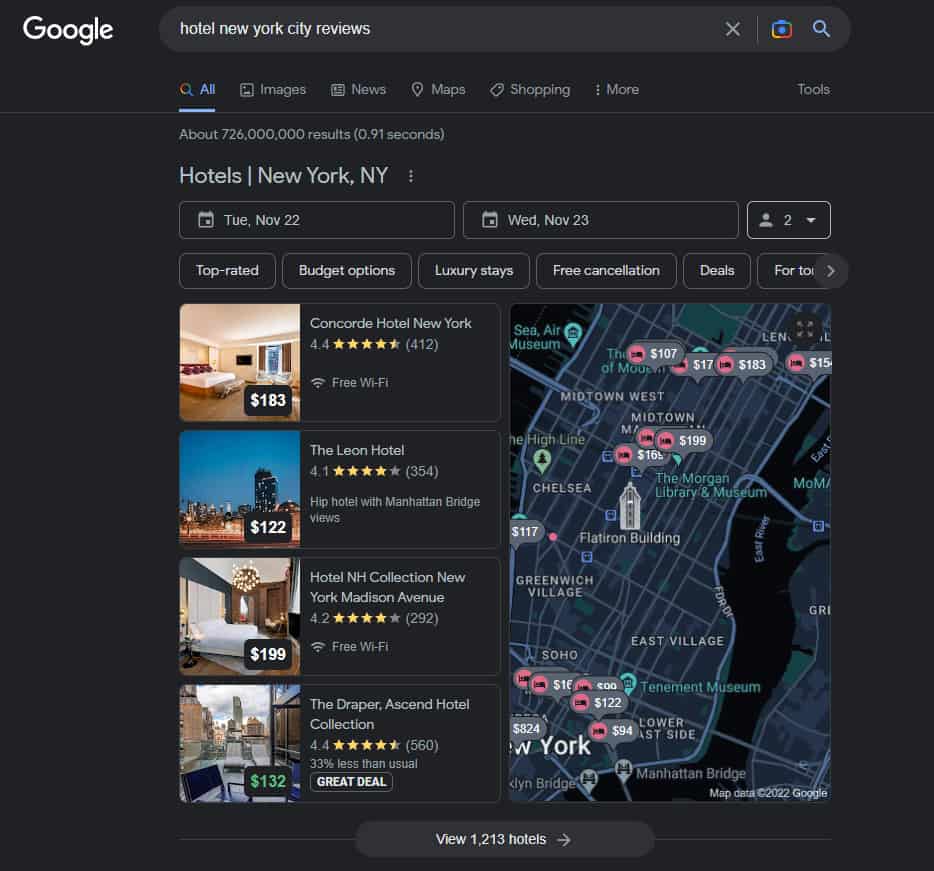What do you think of when you hear the words “niche branding?” Maybe you think of a small business that’s targeting a specific audience with a unique product. Or maybe you think of a big brand that’s decided to focus on one particular area and ignore everything else. In either case, niche branding can be extremely successful – but it takes careful planning and execution.
That’s why I’ve put together this guide to niche branding. I want to help you understand what it is, how to do it right, and most importantly – how to make it work for your business. So, whether you’re just starting out or you’ve been in business for years, read on for some valuable insights into this powerful marketing strategy.
*Disclosure: I only recommend products I would use myself, and all opinions expressed here are my own. This post may contain affiliate links that at no additional cost to you, I may earn a small commission.
What is Niche Branding?

Niche branding is the process of creating a brand identity that resonates with a specific target audience. When done correctly, niche branding can help businesses to better connect with their ideal customers, resulting in improved sales and profitability.
For example, let’s say you own a small boutique hotel. If you were to pursue a niche branding strategy, you might focus on positioning your hotel as the go-to destination for romantic getaways. To do this, you would create marketing materials and an overall brand experience that speaks directly to couples looking for a romantic escape.
Niche branding can be an effective way to differentiate your business from the competition and make it more appealing to your target market. However, it’s essential to keep in mind that niche branding is not about exclusion; instead, it’s about creating a laser-focused brand identity that resonates with a specific group of people.
Niche Branding — A Step-by-Step Process
Now that you have a better understanding of what niche branding is, let’s take a look at how you can do your brand building.

The first step in any successful branding strategy is to define your target market. This is especially important when pursuing a niche branding strategy, as you’ll need to be very specific about who you’re trying to reach.
To define your target market, start by considering the following questions:
- Who is your ideal customer?
- What are their demographics (age, gender, location, etc.)?
- What are their interests and needs?
- How can your business meet those needs?
Answering these questions will give you a better understanding of the customer you should target with your brand.
The best way to define your target market is to create a buyer persona. A buyer persona is a semi-fictional character that represents your ideal customer. This exercise can be helpful in humanizing your target market and understanding their motivations for doing business with you.
Once you’ve created your buyer persona, you should have a good idea of the type of people you need to reach with your niche branding strategy.
Here’s how you can create a buyer persona for your business:
- Start by giving your persona a name and basic demographics, such as age, gender, location, and job title.
- Next, add some interests, needs, and pain points. What are the things that keep them up at night? What are their goals? How can your business help them to achieve those goals?
- Finally, add some additional details to help bring your persona to life. What’s their favorite TV show? What do they do on weekends? The more specific you can be, the better.
Once you’ve created your persona, you’ll have a much clearer idea of who you’re targeting with your niche branding strategy.
This will give you a better understanding of what’s already out there and help you to position your brand in a way that differentiates you from the competition.
Step #1. Google Search.

To research your competition, start by doing a simple Google search. This will give you a good overview of who’s competing for your target market’s attention. For instance, if you’re targeting couples looking for romantic getaways, a search for “romantic getaways” will give you a good idea of who your competition is.
Step #2. Social Media.

In addition to a general Google search, it’s also a good idea to check out your competitors on social media. This will give you an idea of how they’re positioning themselves online and what kind of content they’re creating for their target market.
To do this, simply visit your competitors’ social media profiles and take a look at the content they’re sharing. You can also use social media listening tools to track the conversations your competitors are having online. These tools can be helpful in understanding what people are saying about your competition and how you can position your brand to stand out.
Step #3. Review Sites.

Another great way to research your competition is to check out review sites like Yelp, TripAdvisor, and Google Reviews. This will give you an idea of what people are saying about your competitors and what they’re doing right (and wrong).

To find reviews of your competitors, simply type their business name into a search engine followed by “reviews.” For instance, if you’re looking for reviews of a hotel in New York City, you would search for “hotel New York city reviews.”

This is where you’ll decide how you want to position your brand and what kind of messaging you want to use. When developing your branding strategy, there are a few steps you’ll want to take:
Step #1. Define Your Brand Personality.
The first step is to define your brand personality. This will help you to determine the tone and voice you’ll use in your messaging. To do this, think about the emotions you want your target market to feel when they interact with your brand.
For instance, if you’re targeting young professionals, you might want your brand to be seen as modern and hip. Alternatively, if you’re targeting families, you might want your brand to be seen as friendly and trustworthy.
Step #2. Develop Your Messaging
Once you’ve defined your brand personality, it’s time to develop your messaging. This is where you’ll decide what you want to say to your target market.
When developing your messaging, it’s important to keep your target market and brand personality in mind. Your messaging should be aligned with both of these factors.
If you want your brand to be seen as modern and hip, your messaging should reflect that.
Step #3. Create Your Visuals
In addition to your messaging, your visuals are also important in conveying your brand’s personality. This includes everything from your logo to the images you share on social media.
When creating your visuals, it’s important to keep your target market and brand personality in mind. Your visuals should be aligned with both of these factors.
If you want your brand to be seen as modern and hip, your visuals should reflect that by choosing modern colors and follow new trends.
Here’s an example of HubSpot:


This includes everything from creating marketing campaigns to writing blog posts. When promoting your brand, it’s important to be consistent with your branding. This means using the same visuals and messaging across all of your channels.
For example, if you’re using a certain color scheme on your website, make sure to use the same colors in your social media posts and other marketing materials. This will help create a consistent look and feel for your brand.
You might want to read next:
Conclusion.
Developing a strong brand is essential for any business. By taking the time to develop your branding strategy, you’ll be able to create a brand that resonates with your target market. And by promoting your brand consistently, you’ll ensure that your target market remembers your brand.
FAQs.

RELATED CONTENT




